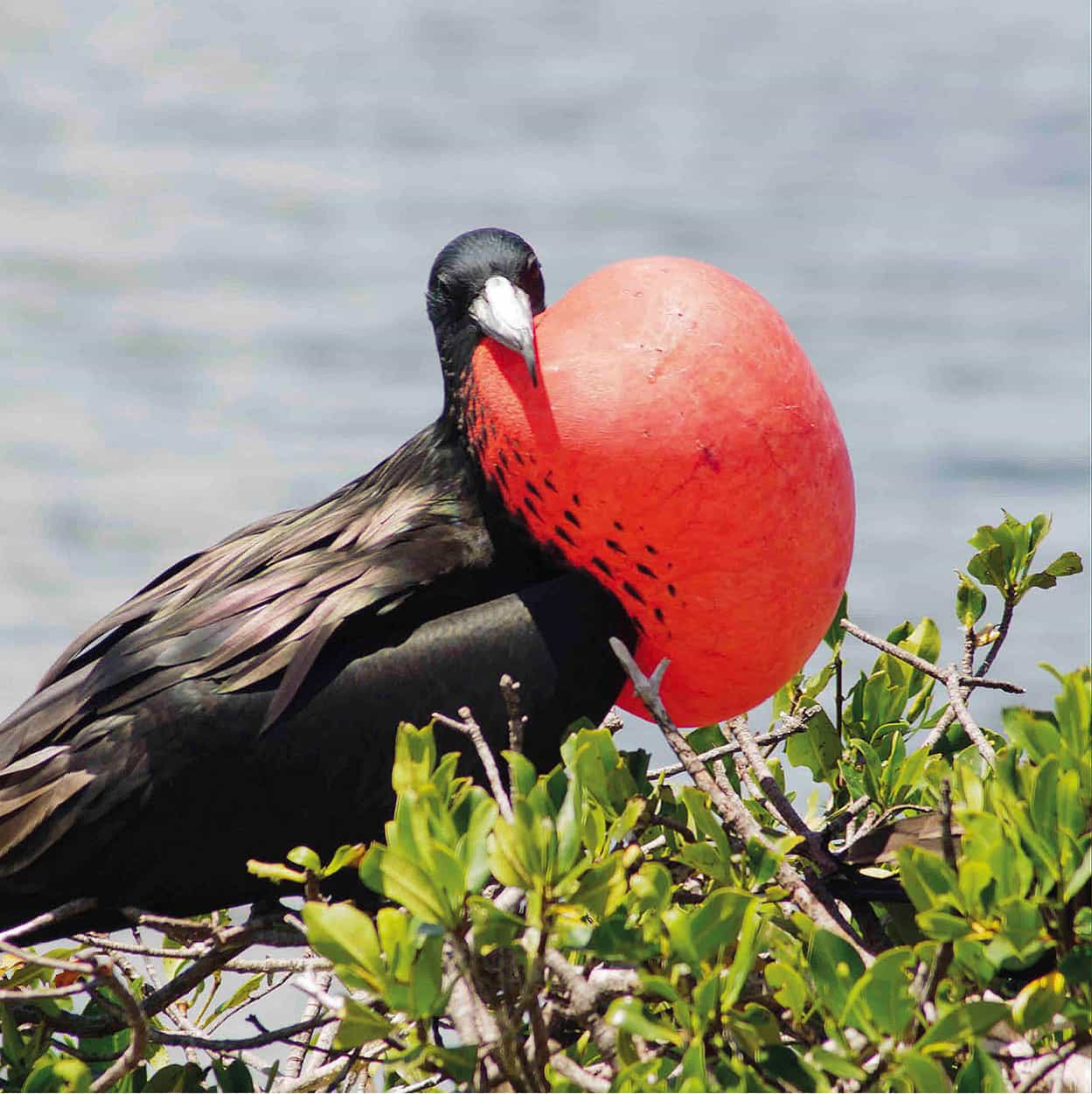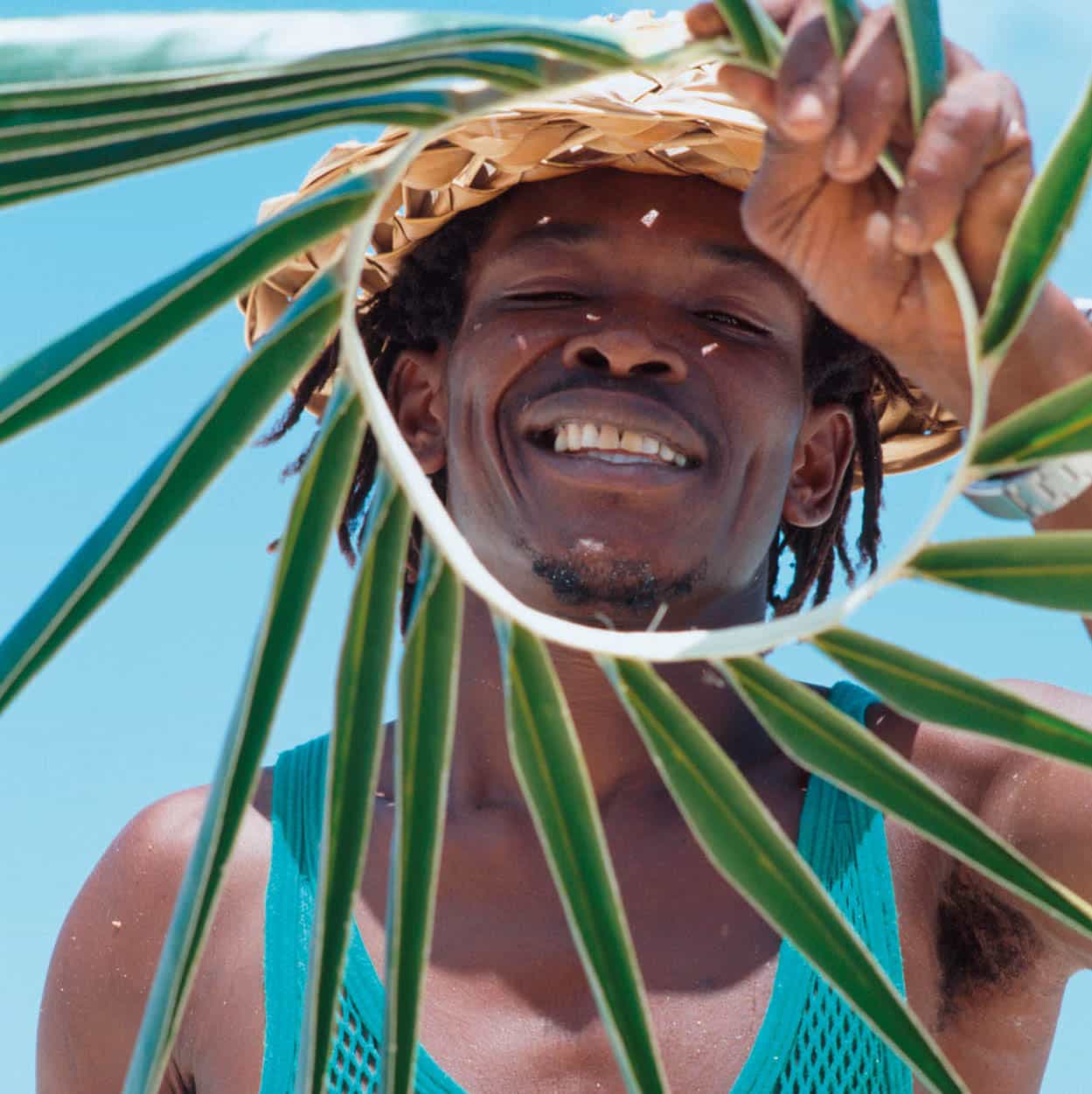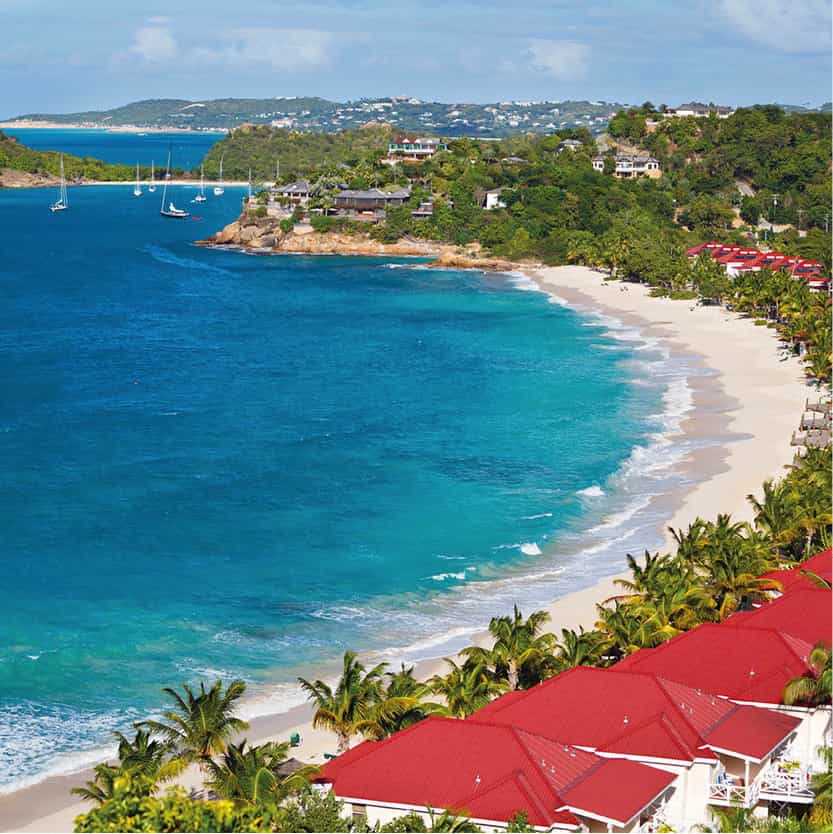The sister islands of Antigua and Barbuda may be justly celebrated for their endless strips of gleaming white and pink-sand bays, warm turquoise waters and the welcoming smiles and laughter of the locals, but this is just where it begins.
Diving enthusiasts will delight in the unrivalled coral reefs, while yachtsmen gather from around the world during the sailing season, and sunbathers and ornithologists have equal reasons to step ashore and follow their passions.
Beyond the beach, there are interesting historical sites reflecting the nation’s past, such as Nelson’s Dockyard and the sugar plantation Betty’s Hope. Antigua houses the nation’s bustling capital, St John’s, a captivating glimpse of the urban Caribbean. Here the jumble of traditional clapboard houses stand side by side with modernity, while brightly painted warehouses have been converted into shops and restaurants, and fishing boats bob alongside cruise ships in the harbour.
The gently undulating wooded hills of southwest Antigua reveal exotic vegetation and stand out in a landscape otherwise scoured for sugar plantations. The island of Barbuda offers quite different vistas and is an eco-lover’s paradise, secluded and untouched.
All that said, the only way to truly appreciate Antigua and Barbuda, in the memorable words of the islander’s, is ‘lime man’ (hang out, chill out and party).
Geography and climate
The largest of the Leeward Islands (108sq miles/280sq km), Antigua lies on the northeast shoulder of the Caribbean archipelago, 450 miles (725km) east of Hispaniola. On clear days you can see Montserrat’s volcano smoking to the southwest, while Guadeloupe’s shores are visible on the southerly horizon. Antigua and Barbuda was once one sedimentary land mass, scythed apart 12,000 years ago when sea levels rose and flooded the lands.
The islands are among the driest in the region, which ensures that visitors can bask in warm, sunny weather whenever they go, while trade winds help to keep you cool. Hurricanes are rare on these islands but early warning systems help the region to weather the storms.
The environment
Given the lowest rainfall levels in the Caribbean, Antiguan and Barbudan landscapes lack the tropical lushness associated with neighbouring islands. The plantations carved away the woods and this cut in the hydrological cycle is blamed by many for the limited rainfall today. There are no rivers, heightening the value of water – hotels often advise visitors to temper any unnecessary water usage. However, the higher parts of the island in the more richly vegetated hills of the southwest can offer a rainforest effect when after occasional downpours, water gushes down the hillsides, providing temporary glimpses of what might have been. Fig Tree Drive remains a celebrated route of wild bananas, lianas and would-be rainforest.
Conservation
The Environmental Awareness Group, located on the top floor of the National Museum building in St John’s, was set up in 1989 to raise the profile of the importance of the island’s natural resources and the need for conservation.

Male frigatebird
Antigua & Barbuda Tourism Authority
Flora and fauna
Over 150 varieties of birds can be found on the islands. The yellow-breasted bananaquit, known as the sugar bird, one of the most common, can be seen darting around brilliantly coloured blossoms. Tiny, brightly hued hummingbirds abound, hovering amid flowering bushes. The offshore islands and mangrove lagoons that fringe parts of the coastline are home to herons and lumbering pelicans.
Barbuda has many species of bird, listing brown boobies, pelicans, herons, laughing gulls, terns and white-crowned pigeons. Black-necked stilts, bridled quail doves and West Indian tree ducks vie for air space with white-cheeked ducks and marbled godwits. The mangrove swamp in Codrington Lagoon was home to a nesting colony of over 5,000 frigate birds but the colony diminished following hurricane Irma in 2017. However, the numbers are steadily increasing again.
Antigua plays host to a number of rare or endangered creatures. Hawksbill turtles nest on Long Island, and the Hawksbill Sea Turtle Research Project has been undertaking crucial studies of the species since the mid-1980s. The Antigua racer snake is among the rarest in the world, with a colony of only a hundred or so inhabiting Great Bird Island. Since the 17th century, when Barbuda was leased to the Codringtons to raise livestock to feed Antigua, the descendants of the first goats and deer have roamed through the logwood and lignum vitae of the bush, surviving several centuries of human settlement.

Basket weavers ply their trade on the beaches
Antigua & Barbuda Tourism Authority
Identity and population
Politically there are dissimilarities between Antigua and Barbuda. The two islands are uneasy political associates, as the distinctive cultural pride of Barbudans fiercely underpins calls for greater autonomy from the bigger sister island. Yet there is more that unites than divides them.
The population of Antigua and Barbuda is around 94,000 – a kaleidoscope of peoples from other Caribbean islands, as well as all over the world – with most residing in St John’s parish and the rest scattered throughout the islands. Barbuda’s residents mostly share the main settlement of Codrington.
Antiguans and Barbudans are some of the friendliest people in the world. An atmosphere of warmth and good humour prevails, as well as a ‘no problem’ attitude towards life.

Galley Bay
iStock
Tourism and the economy
As the Antiguan sugar industry waned from the late 19th century the economy began to falter, revived by US military investment during the 1940s and 1950s, when an infrastructure was put into place to develop a new economic presence: upmarket tourism.
These days the economy is driven primarily by tourism. Around 63 percent of the working population are employed in a tourist industry, which provides 69 percent of the national income. The benefits have largely outweighed the costs; new forms of more sensitive tourism have been pioneered, and the range of activities and events in which tourists may engage has been extended to the benefit of islanders and visitors alike. But tourism does have its drawbacks. Some of the most stunning beaches are no longer deserted as luxury resorts have emerged as a backdrop.
Despite the force of hurricane Irma in 2017, Antigua has been relatively unaffected. In fact, the island welcomed a record-breaking number of visitors in 2018, which is predicted to continue climbing. Sadly, it is a different story for Barbuda having been completely devastated by the hurricane. But the future is looking brighter as Barbuda rebuilds and slowly finds its place in the tourism market once again.
Tie the knot
Antigua and Barbuda, known as the ‘Romance Capital of the Caribbean’, is very popular for getting married. All the ingredients for romance are here: white beaches perfect for moonlit strolls, swaying palm trees and glowing sunsets. Getting married is a breeze on these islands; exchange your vows on a beautiful palm-fringed beach, or get married in a church provided you allow additional time to fulfil church formalities. Some UK travel agents arrange holidays that include the costs of the wedding. Many hotels have their own wedding gazebos where marriages take place, and wedding planners are on hand to assist. The administrative details are minor (for more information, click here).